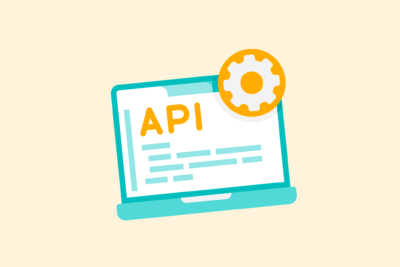Creating and setting up a sitemap.xml (my guide)

A sitemap.xml is essential for proper indexing. It tells search engines which pages are important, how often they change and when they were last updated. In this article, I explain step by step how to create a sitemap, what to watch out for, and how to submit it to Google.
1. What is a sitemap.xml?
A sitemap.xml is an XML file that contains the structure of your site, intended for search engines (not users).
Sample statement:
xml
<url>
<loc>https://www.jouwdomein.nl/voorbeeldpagina</loc>
<lastmod>2025-05-01</lastmod>
<changefreq>weekly</changefreq>
<priority>0.8</priority>
</url>
The sitemap is not a ranking factor, but it is a tool for crawlers to index your content more efficiently.
2. Automatically generate a sitemap
Most modern CMSs and SEO tools automatically generate a sitemap.
WordPress:
- Yoast SEO: https://jouwdomein.nl/sitemap_index.xml
- Rank Math: https://jouwdomein.nl/sitemap_index.xml
- All in One SEO Pack: idem
Shopify / Wix / Webflow:
- Automatically generated, usually at /sitemap.xml
Own website:
- Use tools such as:
- Screaming Frog XML Sitemap Generator
- XML-Sitemaps.com
- Custom script in Python/PHP
- Screaming Frog XML Sitemap Generator
Make sure dynamic websites do not show temporary or irrelevant URLs in the sitemap.
3. What do and don’t you include in your sitemap?
Did:
- Pages with unique content
- Key landing pages (SEO pages, blog articles, product pages)
- Canonical versions of URLs
- Pages with index status (no noindex)
Not:
- 404s, redirects or noindex pages
- Erroneous parameters, test pages, admin urls
- Duplicate content or alternative language versions without hreflang
Less is more: rather 300 truly relevant URLs than 3000 noise.
Getting started with SEO? Feel free to get in touch.

4. Making sitemap available to search engines
Step 1: Make sure your sitemap is accessible
- Go to https://jouwdomein.nl/sitemap.xml
- You should see the XML structure (without 404 or redirect)
Step 2: Add to robots.txt
Add this line:
txt
Sitemap: https://jouwdomein.nl/sitemap.xml
Step 3: Submit to Google Search Console
- Log in to Google Search Console
- Choose your property
- Go to Sitemaps in the menu
- Add the path: sitemap.xml
- Click on Send
5. Best practices & common mistakes
| Error | Solution |
| Redirects or 404s in sitemap | Restore or remove from sitemap |
| Sitemap not up to date | Use dynamic sitemap or automatic update |
| Too many irrelevant URLs | Filter by noindex/canonical |
| Sitemap not included in robots.txt | Add the sitemap line |
| Dual languages without hreflang | Implement hreflang or split by language into separate sitemaps |
6. Multiple sitemaps? Use a sitemap index
For larger sites (>50,000 URLs or >50MB XML file) use a sitemap index.
Example:
xml
<sitemapindex xmlns="https://www.sitemaps.org/schemas/sitemap/0,9">
<sitemap>
<loc>https://jouwdomein.nl/sitemap-pagina’s.xml</loc>
</sitemap>
<sitemap>
<loc>https://jouwdomein.nl/sitemap-blog.xml</loc>
</sitemap>
</sitemapindex>
Most SEO plugins do this automatically. Make sure each component loads correctly.
In conclusion
A good sitemap is a fundamental part of technical SEO. No overkill, no clutter – just an up-to-date and clear roadmap for search engines. Combine with good internal link structure and robots.txt, and you lay a solid indexing foundation.






